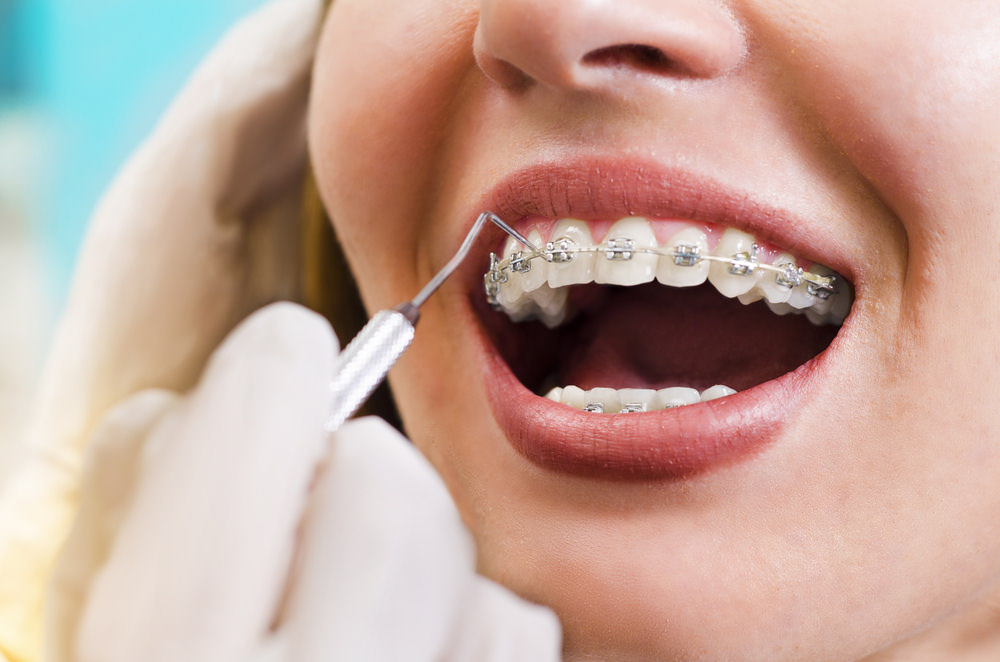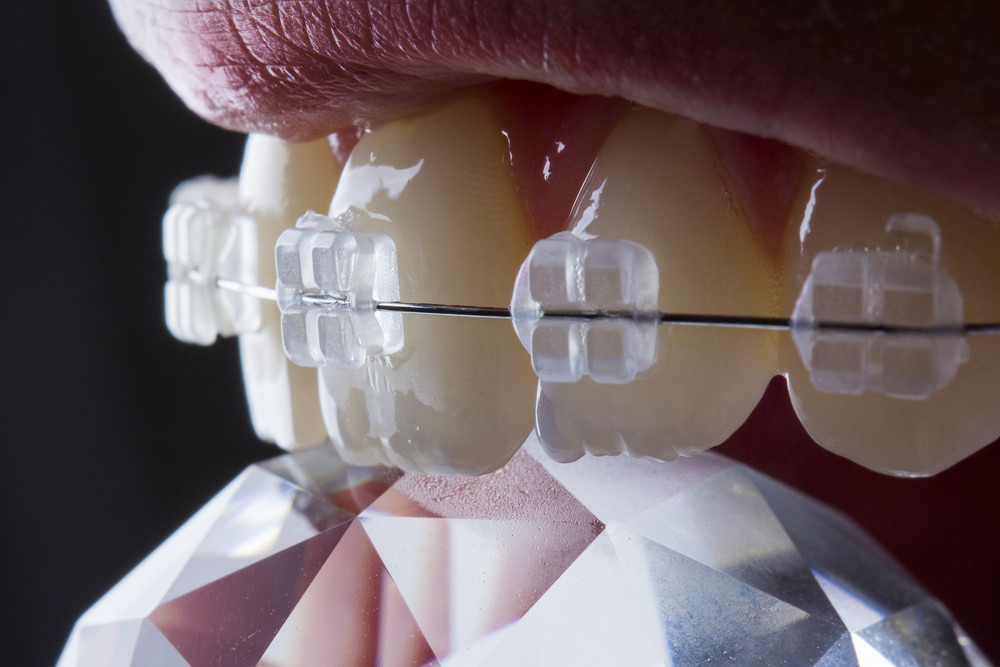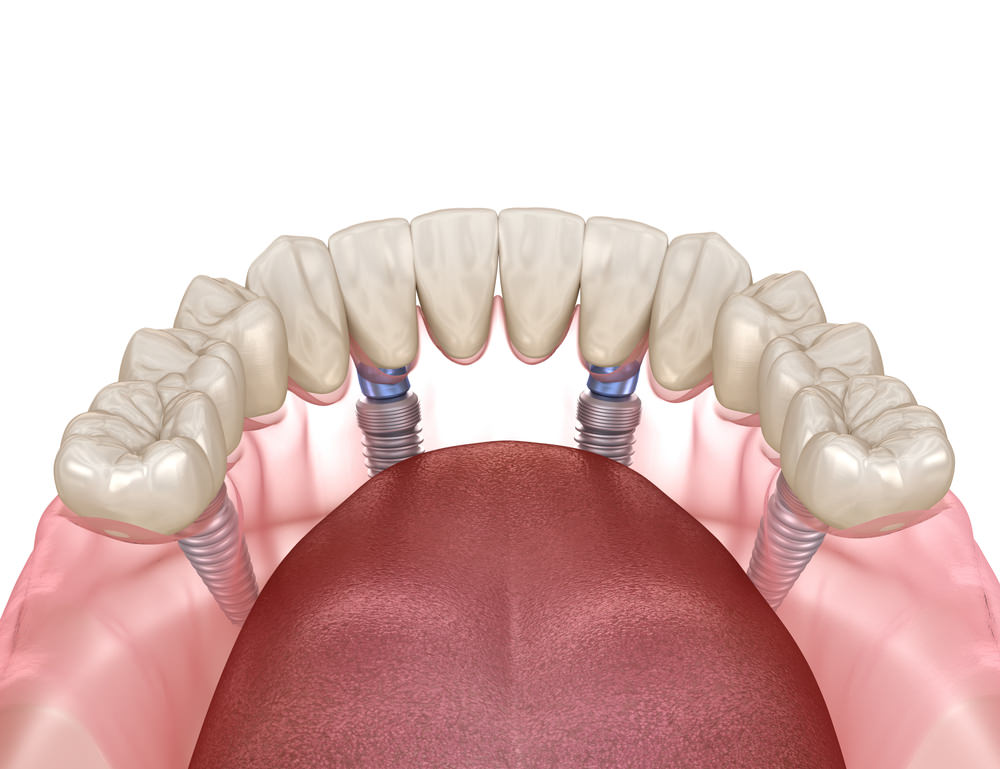Best Braces Wax Guide: Top Options, Expert Tips & Natural Alternatives
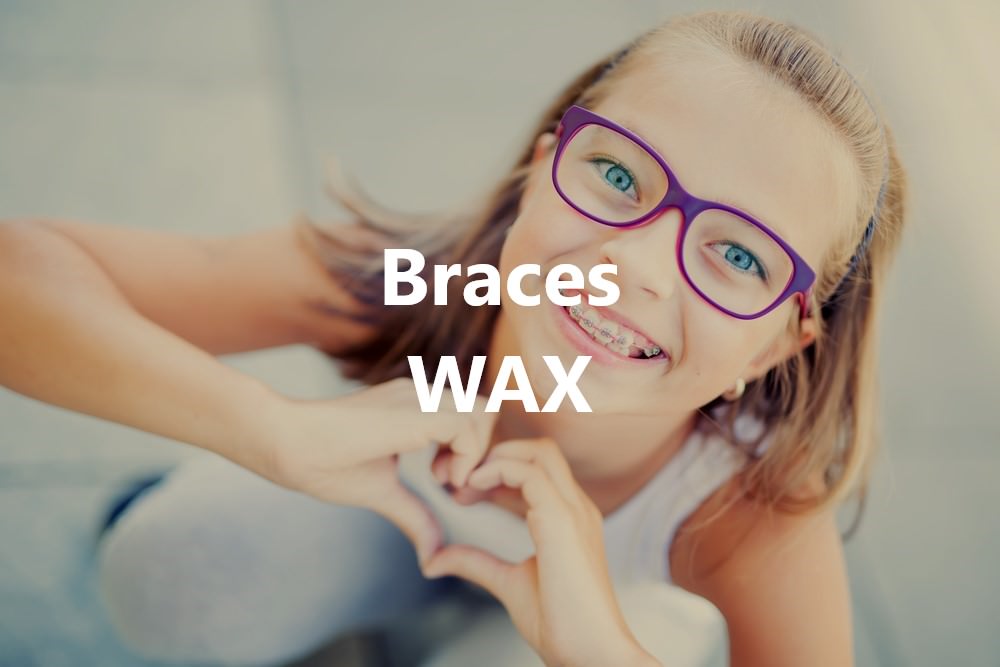
Quick Summary: Best Braces Wax Options at a Glance
- Best Overall: GUM Orthodontic Wax
- Best Budget: Woolworths Wisdom Wax
- Best Natural: Pure Beeswax
- Quick Tip: Apply a pea-sized amount to clean, dry braces
- Replace: Every 12-24 hours for optimal hygiene
Getting braces means adjusting to new sensations in your mouth. Braces wax (also known as dental wax or orthodontic wax) creates a protective barrier between your braces and soft tissues, preventing irritation as your mouth adapts to the hardware.
This comprehensive guide covers everything you need to know about choosing and using braces wax effectively, as well as the best alternatives when you’re caught without it.
When Do You Need the Best Braces Wax? Complete Guide
Braces wax isn’t something you’ll use constantly throughout your orthodontic treatment. It’s primarily needed during specific situations:
- Initial adjustment period: The first few weeks are when your mouth, tongue, and lips are most sensitive to the new hardware. Wax provides crucial comfort during this adaptation phase.
- After adjustments: When your orthodontist tightens or adjusts your braces, you may experience renewed sensitivity that wax can help manage.
- Protruding wires or brackets: Sometimes brackets loosen or wires shift, creating sharp edges that irritate your gums or cheeks.
Over time, your soft tissues naturally toughen and become more resistant to friction, reducing your reliance on wax.
Best Braces Wax Options: Top Brands & Where to Buy
Your orthodontist typically provides starter wax in your initial care kit, and they remain the best source for personalised recommendations. However, when you need to restock, several excellent options are available.
Here’s what to expect in terms of pricing and where to find the best braces wax:
| Brand | Price Range | Pack Size | Best For | Where to Buy |
| GUM Orthodontic Wax | $8-12 | 5 strips | Sensitive gums, premium quality | Pharmacies, Amazon |
| Piksters Orthodontic Wax | $6-10 | 6 strips | Long-lasting protection | Online, chemists |
| Woolworths Wisdom Wax | $4-7 | 5 strips | Budget-conscious users | Supermarkets |
| Pure Beeswax | $5-8 | 15g block | Natural alternative seekers | Health stores |
Top Brand Recommendations
GUM Orthodontic Wax stands out for its medical-grade quality and comfortable application. Available in pleasant flavors like mint and cherry, it offers excellent adhesion and is specifically formulated for orthodontic use.
Piksters Orthodontic Wax provides exceptional value with its clear color that blends seamlessly with braces. It’s particularly popular for its long-lasting formula that doesn’t need frequent replacement.
Woolworths Wisdom Wax offers the most accessible option for urgent needs, available at most supermarkets across Australia at an affordable price point.
You can find these at:
- Supermarkets: Woolworths Wisdom Wax for Braces
- Online/Pharmacy: Piksters Orthodontic Wax or GUM Orthodontic Wax

Pros and Cons of Different Braces Wax Options
Understanding the trade-offs between different wax types helps you make the best choice for your specific needs.
Commercial Orthodontic Wax
Advantages:
- Medical-grade safety standards
- Flavored options available (mint, cherry, unflavored)
- Designed specifically for orthodontic use
- Easy application and removal
- Safe if accidentally swallowed
- Recommended by dental professionals
Drawbacks:
- Requires regular replacement (every 12-24 hours)
- Can stick to food during meals
- May collect debris over time
- Needs removal before eating for best hygiene
Brand-Specific Comparisons
GUM Orthodontic Wax:
- ✅ Premium quality with excellent adhesion
- ✅ Multiple flavor options
- ❌ Higher price point
- ❌ May soften quickly in warm conditions
Piksters Orthodontic Wax:
- ✅ Long-lasting formula
- ✅ Clear color blends with braces
- ❌ Can be firm when cold
- ❌ Limited flavor variety
Woolworths Wisdom Wax:
- ✅ Most budget-friendly
- ✅ Widely available
- ❌ May require more frequent replacement
- ❌ Basic formulation
Best Natural Alternatives to Braces Wax: Complete Guide
Sometimes you need emergency relief when commercial wax isn’t available. These natural alternatives can provide temporary protection, though they’re not as effective as purpose-made orthodontic wax.
Important note: These alternatives should be replaced more frequently than commercial wax and are intended for short-term use only.
Best Emergency Alternative: Sugar-Free Chewing Gum
When you’re caught without wax, sugar-free chewing gum offers the safest emergency solution. Roll a small piece into a ball and apply it like regular wax. Since gum is already safe for your mouth, accidental swallowing poses no health risks.
Best Natural Alternative: Pure Beeswax
Beeswax is actually an ingredient in many commercial orthodontic waxes, making it the most effective natural substitute. It’s soft, moldable, and naturally antibacterial. Pure beeswax lasts longer than other alternatives and provides good protection.
Other Natural Options
Cheese Wax: The food-grade wax coating on some cheeses works surprisingly well as a temporary alternative. It’s safe to swallow and adheres reasonably well to braces.
Silicone Wax: If available, silicone provides excellent adhesion and long-lasting protection, though it’s not technically “natural.”
Candle Wax (Last Resort Only): While possible to use, candle wax is hard, may break off easily, and could contain impurities. Only use as an absolute last resort.
Natural Alternatives Comparison
| Alternative | Effectiveness | Safety | Duration | Best Use |
| Sugar-Free Gum | 7/10 | 9/10 | 2-4 hours | Emergency situations |
| Pure Beeswax | 8/10 | 10/10 | 6-8 hours | Natural preference |
| Cheese Wax | 6/10 | 8/10 | 4-6 hours | Short-term fix |
| Silicone Wax | 9/10 | 7/10 | 8-12 hours | Longer protection |
| Candle Wax | 5/10 | 5/10 | 2-3 hours | Last resort only |
Best Practices: How Much Wax Do You Need?
The proper application ensures maximum comfort and protection. The ideal amount is roughly pea-sized, enough to cover the problematic bracket with some overlap above and below.
Step-by-Step Application Guide
- Clean hands thoroughly before handling wax
- Dry the bracket area with a tissue or cotton swab
- Roll wax into a pea-sized ball between your fingers until soft
- Press firmly over the bracket ensuring complete coverage
- Smooth edges to prevent the wax from catching on your tongue or cheek
How Often Should You Replace Braces Wax?
Replace your wax every 12-24 hours, or immediately after eating. This prevents bacteria buildup that could lead to cavities or bad breath.
Key replacement times:
- Every morning after sleeping
- After meals (especially sticky or hard foods)
- When the wax becomes discolored or loose
- Before important social situations
Can You Reuse Braces Wax?
No, reusing wax is not recommended. Used wax harbors bacteria that can impact your oral health, potentially leading to gum disease that research shows may be linked to heart disease.
If you’re absolutely desperate and have no alternatives, one-time reuse is acceptable, but don’t leave it in your mouth for more than a few hours.
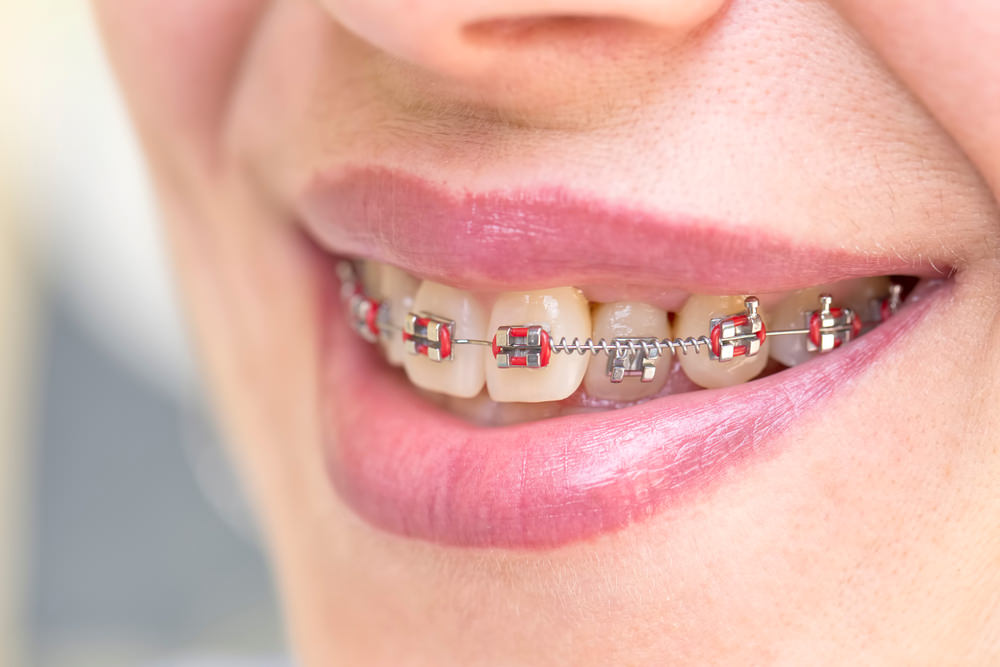
Frequently Asked Questions About Braces Wax
Q: What is the best braces wax for beginners?
A: GUM Orthodontic Wax is ideal for beginners due to its easy application, comfortable feel, and medical-grade quality. The flavored options also help new users adjust to having something additional in their mouth.
Q: How much does braces wax cost?
A: Braces wax typically costs $4-12 depending on the brand and pack size. Budget options like Woolworths Wisdom Wax start at $4, while premium brands like GUM can cost up to $12.
Q: Where can I buy the best braces wax?
A: Pharmacies offer the best selection and expert advice. Supermarkets provide convenient emergency purchases, while online retailers offer bulk buying options and specialty brands.
Q: Is it safe to swallow braces wax?
A: Yes, small amounts of orthodontic wax are safe if accidentally swallowed. However, avoid making it a habit and replace wax regularly to maintain oral hygiene.
Q: Can I sleep with braces wax on?
A: Yes, sleeping with braces wax is safe and often recommended for overnight comfort. Just remember to replace it in the morning as bacteria can accumulate overnight.
Q: What’s the best natural alternative to braces wax?
A: Pure beeswax offers the best natural alternative, providing similar properties to commercial orthodontic wax. It’s safe, effective, naturally antibacterial, and lasts longer than other natural options.
Q: Can I eat with braces wax on?
A: While possible, it’s best to remove wax before eating to prevent it from sticking to food or harboring food particles. If you choose to eat with it on, replace it immediately afterward.
Q: What should I do if I run out of braces wax?
A: Sugar-free chewing gum provides the best emergency alternative. For longer-term solutions, pure beeswax works well. Restock from your orthodontist, pharmacy, or supermarket as soon as possible.
Q: How do I remove old wax from my braces?
A: Gently peel off the old wax with clean fingers or a toothpick. If residue remains, brush gently with your toothbrush or use dental floss to clean between brackets and wires.
Q: Why does my braces wax keep falling off?
A: Wax typically falls off due to saliva, food, or insufficient coverage of the bracket. Ensure the bracket is completely dry before application and use enough wax to create a secure seal.
Conclusion
Choosing the right braces wax significantly impacts your orthodontic experience. Whether you prefer the premium quality of GUM Orthodontic Wax, the value of Piksters, or the accessibility of Woolworths Wisdom Wax, the key is consistent use and proper hygiene.
Remember that wax is a temporary comfort aid – your mouth will naturally adapt to your braces over time. In emergencies, natural alternatives like sugar-free gum or beeswax can provide relief, but commercial orthodontic wax remains the gold standard for comfort and protection.
The investment in quality braces wax pays dividends in comfort during your orthodontic journey. Your orthodontist can provide personalized recommendations, but armed with this guide, you’re well-equipped to make informed decisions about managing braces discomfort.
By Dr. V
Created at September 09, 2021, Updated at July 11, 2025


